
Rabbit Anti-TSSC3 antibody
Beckwith Wiedemann syndrome chromosome region 1 candidate protein C; Beckwith-Wiedemann syndrome chromosomal region 1 candidate gene C protein; BRW 1C; BRW1C; BWR 1C; BWR1C; HLDA 2; HLDA2; Imprinted in placenta and liver; Imprinted in placenta and liver p
View History [Clear]
Details
Product Name TSSC3 Chinese Name Tumour抑制转移候选基因3抗体 Alias Beckwith Wiedemann syndrome chromosome region 1 candidate protein C; Beckwith-Wiedemann syndrome chromosomal region 1 candidate gene C protein; BRW 1C; BRW1C; BWR 1C; BWR1C; HLDA 2; HLDA2; Imprinted in placenta and liver; Imprinted in placenta and liver protein; IPL; p17 Beckwith Wiedemann region 1C; p17 BWR1C; p17-Beckwith-Wiedemann region 1 C; p17-BWR1C; PHLA2_HUMAN; PHLDA 2; PHLDA2; Pleckstrin homology like domain family A member 2; Pleckstrin homology-like domain family A member 2; TSSC 3; Tumor suppressing STF cDNA 3 protein; Tumor suppressing subchromosomal transferable fragment candidate gene 3 protein; Tumor suppressing subchromosomal transferable fragment cDNA 3; Tumor suppressing subtransferable candidate 3; Tumor supressing STF cDNA 3; Tumor-suppressing STF cDNA 3 protein; Tumor-suppressing subchromosomal transferable fragment candidate gene 3 protein. literatures Research Area Tumour Cell biology Cyclin Epigenetics Immunogen Species Rabbit Clonality Polyclonal React Species Human, Rat, (predicted: Mouse, Chicken, Pig, Cow, Horse, ) Applications WB=1:500-2000 ELISA=1:5000-10000 IHC-P=1:100-500 IHC-F=1:100-500 IF=1:100-500 (Paraffin sections need antigen repair)
not yet tested in other applications.
optimal dilutions/concentrations should be determined by the end user.Theoretical molecular weight 17kDa Cellular localization cytoplasmic The cell membrane Form Liquid Concentration 1mg/ml immunogen KLH conjugated synthetic peptide derived from human TSSC3: 31-80/152 Lsotype IgG Purification affinity purified by Protein A Buffer Solution 0.01M TBS(pH7.4) with 1% BSA, 0.03% Proclin300 and 50% Glycerol. Storage Shipped at 4℃. Store at -20 °C for one year. Avoid repeated freeze/thaw cycles. Attention This product as supplied is intended for research use only, not for use in human, therapeutic or diagnostic applications. PubMed PubMed Product Detail Plays a role in regulating placenta growth. May act via its PH domain that competes with other PH domain-containing proteins, thereby preventing their binding to membrane lipids.
Function:
Plays a role in regulating placenta growth. May act via its PH domain that competes with other PH domain-containing proteins, thereby preventing their binding to membrane lipids (By similarity).
Subcellular Location:
Cytoplasm. Membrane.
Tissue Specificity:
Expressed in placenta and adult prostate gland. In placenta, it is present in all cells of the villous cytotrophoblast. The protein is absent in cells from hydatidiform moles. Hydatidiform mole is a gestation characterized by abnormal development of both fetus and trophoblast. The majority of hydatidiform moles are associated with an excess of paternal to maternal genomes and are likely to result from the abnormal expression of imprinted genes (at protein level). Expressed at low levels in adult liver and lung, and fetal liver. Expressed in adult brain and neuroblastoma, medullablastoma and glioblastoma cell lines.
Similarity:
Belongs to the PHLDA2 family. [SIMILARITY] Contains 1 PH domain.
SWISS:
Q53GA4
Gene ID:
7262
Database links:
UniProtKB/Swiss-Prot: Q53GA4.2
Product Picture
A549(Human) Cell Lysate at 30 ug
Primary: Anti-TSSC3 (SL6884R) at 1/1000 dilution
Secondary: IRDye800CW Goat Anti-Rabbit IgG at 1/20000 dilution
Predicted band size: 17 kD
Observed band size: 18 kD
Paraformaldehyde-fixed, paraffin embedded (human gastric); Antigen retrieval by boiling in sodium citrate buffer (pH6.0) for 15min; Block endogenous peroxidase by 3% hydrogen peroxide for 20 minutes; Blocking buffer (normal goat serum) at 37°C for 30min; Antibody incubation with (TSSC3) Polyclonal Antibody, Unconjugated (SL6884R) at 1:200 overnight at 4°C, followed by operating according to SP Kit(Rabbit) (sp-0023) instructionsand DAB staining.Paraformaldehyde-fixed, paraffin embedded (human brain); Antigen retrieval by boiling in sodium citrate buffer (pH6.0) for 15min; Block endogenous peroxidase by 3% hydrogen peroxide for 20 minutes; Blocking buffer (normal goat serum) at 37°C for 30min; Antibody incubation with (TSSC3) Polyclonal Antibody, Unconjugated (SL6884R) at 1:200 overnight at 4°C, followed by operating according to SP Kit(Rabbit) (sp-0023) instructionsand DAB staining.Paraformaldehyde-fixed, paraffin embedded (rat stomach); Antigen retrieval by boiling in sodium citrate buffer (pH6.0) for 15min; Block endogenous peroxidase by 3% hydrogen peroxide for 20 minutes; Blocking buffer (normal goat serum) at 37°C for 30min; Antibody incubation with (TSSC3) Polyclonal Antibody, Unconjugated (SL6884R) at 1:200 overnight at 4°C, followed by operating according to SP Kit(Rabbit) (sp-0023) instructionsand DAB staining.Tissue/cell: human lung carcinoma; 4% Paraformaldehyde-fixed and paraffin-embedded;
Antigen retrieval: citrate buffer ( 0.01M, pH 6.0 ), Boiling bathing for 15min; Block endogenous peroxidase by 3% Hydrogen peroxide for 30min; Blocking buffer (normal goat serum,C-0005) at 37℃ for 20 min;
Incubation: Anti-TSSC3 Polyclonal Antibody, Unconjugated(SL6884R) 1:200, overnight at 4°C, followed by conjugation to the secondary antibody(SP-0023) and DAB(C-0010) staining
References (0)
No References
Bought notes(bought amounts latest0)
No one bought this product
User Comment(Total0User Comment Num)
- No comment
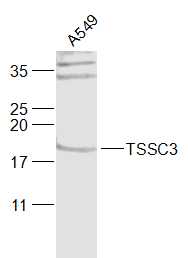
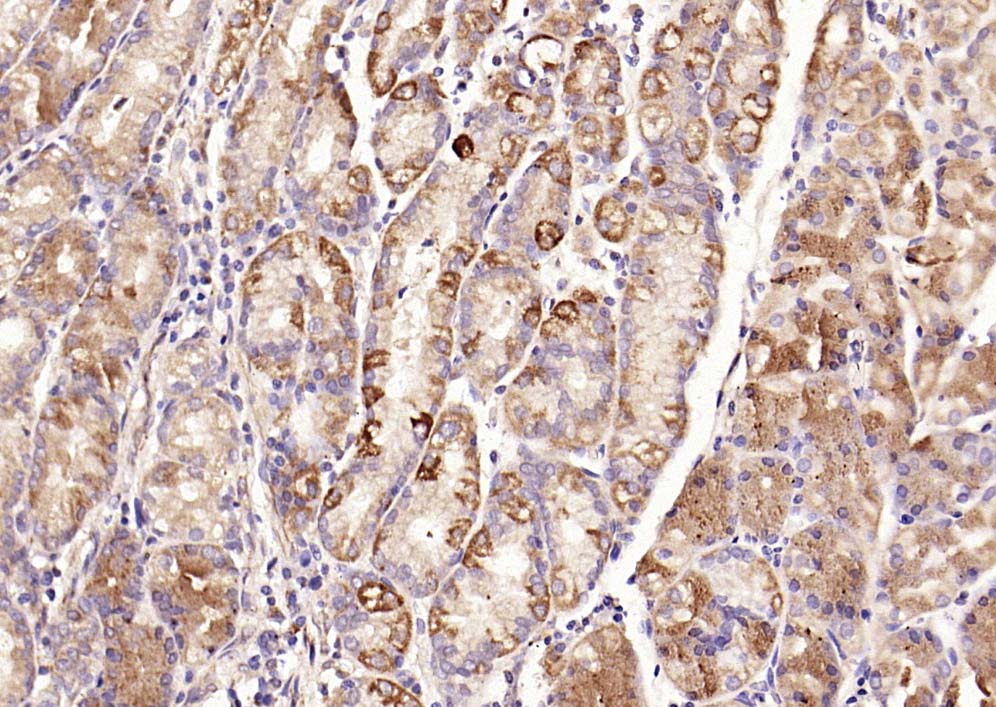
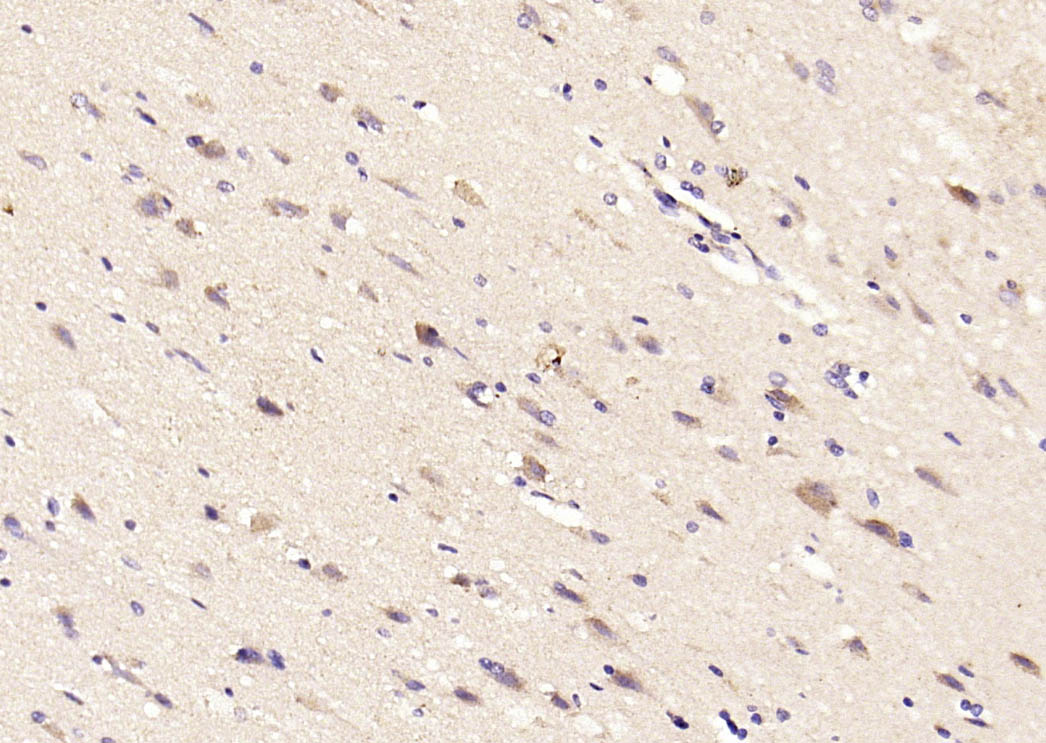
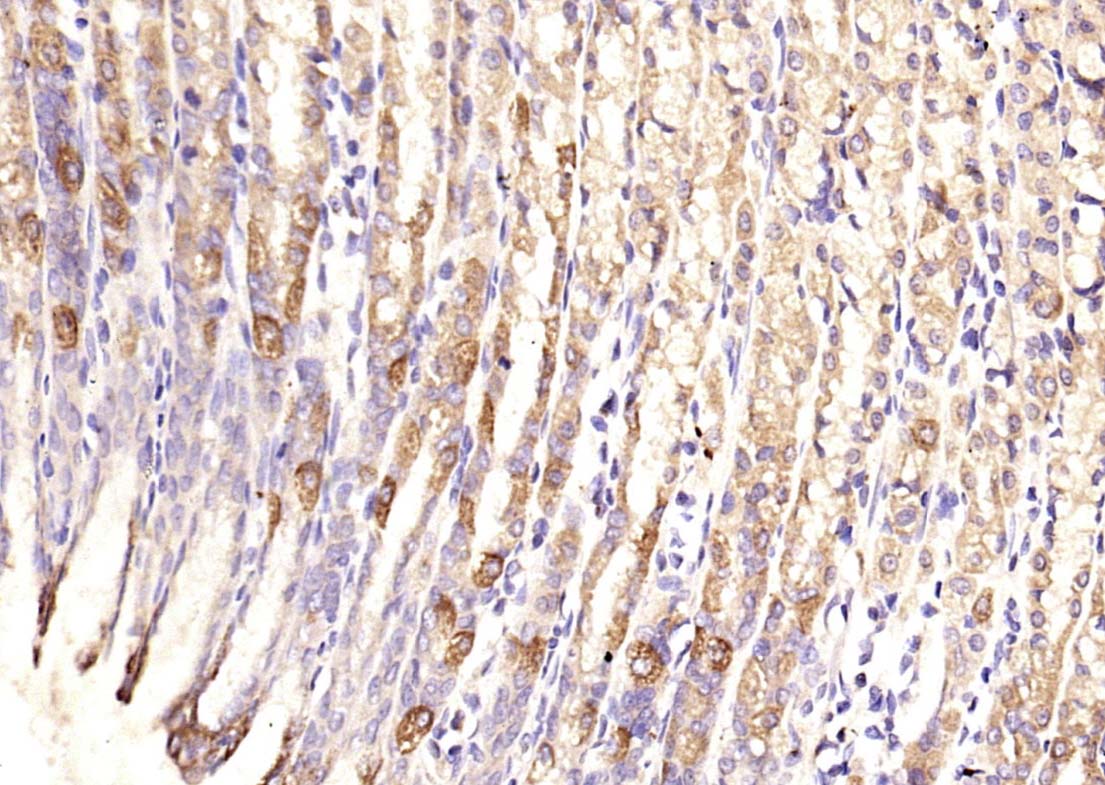
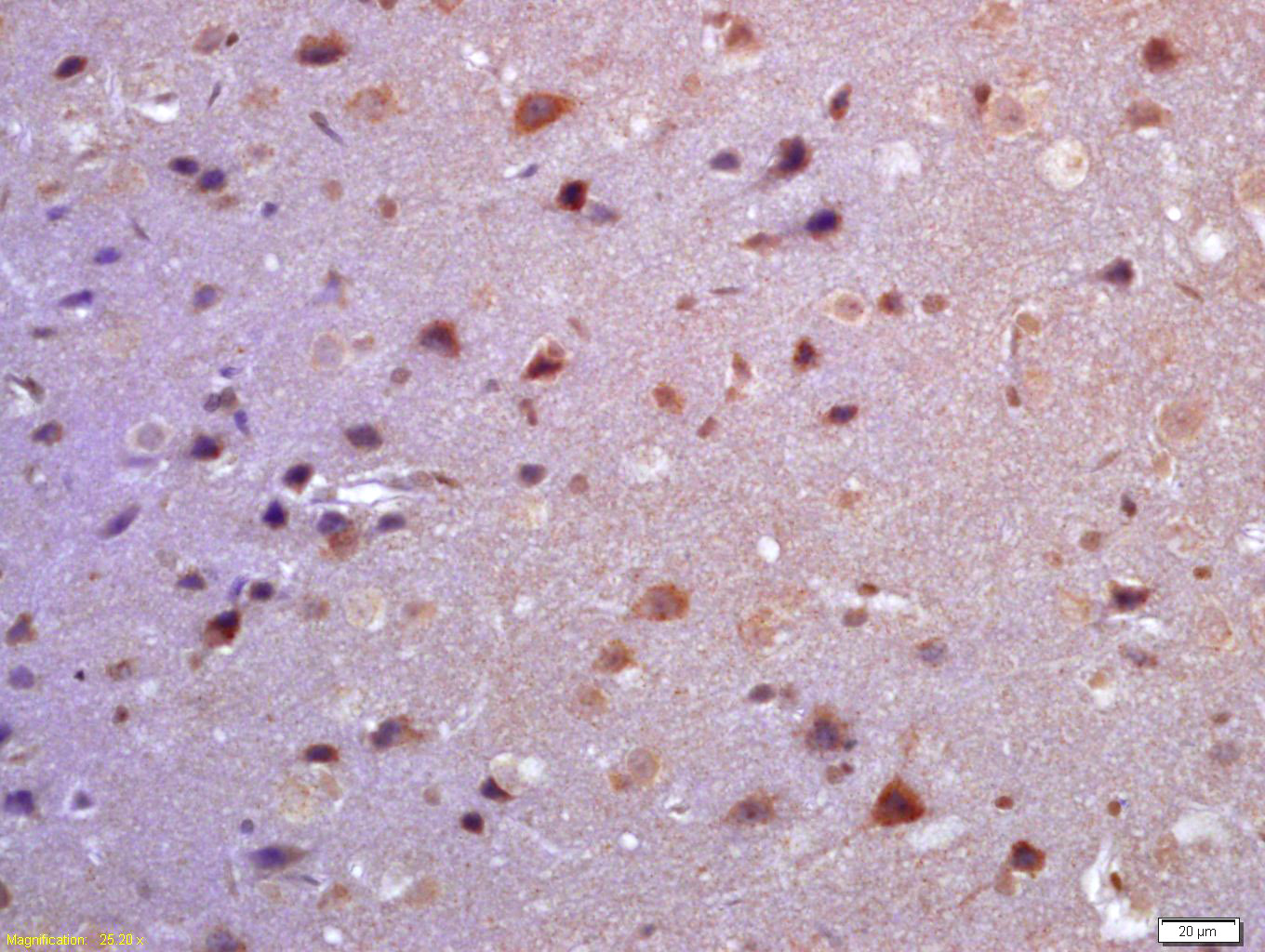


 +86 571 56623320
+86 571 56623320
 +86 18668110335
+86 18668110335

